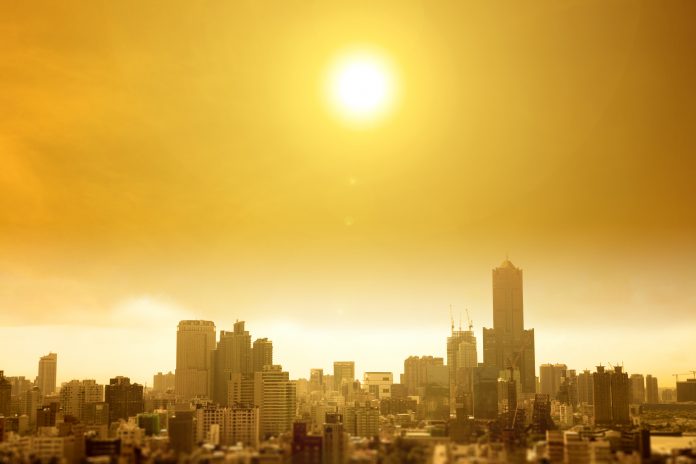Rising global temperatures are creating imminent heat waves, which are set to impact poorer populations more substantially than wealthier ones
Lowest-income populations are more exposed to heat waves and temperature extremes due to a lack of air-conditioning and access to other heat adaptations.
This inequality is predicted to increase with global warming and its rising temperatures, however wealthier populations will be better off as they can escape the heat more often, so their exposure to heat waves is not predicted to change.
However, lower income populations currently face a 40% higher exposure to heat waves than people on higher incomes. It is stated that by the end of the century, the poorest 25% of the world’s population will be exposed to heat waves at a rate equivalent to the rest of the all the world’s population combined.
Limited financial access to heat safety
Poorer populations will not be able to cope as well with an onslaught of heat waves from climate change, mostly due to their location and lack of heat adaptations like air conditioning.
Published in the AGU journal Earth’s Future, researchers evaluated historical income data, climate records and heat adaptations to calculate the level of heat wave exposure that people in different income levels face globally.
The exposure to heat waves was measured by the number of people exposed to heat waves times the number of heat wave days – pairing these observations with climate models – they predicted how exposure will change over the next eight decades.
Considering access to air conditioning, cool air shelters, safety regulations for outdoor workers and heat safety awareness campaigns, the researchers continued to find that the lowest-income quarter of the population will struggle severely from these temperature changes, facing 23 more days of heat waves per year than those in the highest income quarters by 2100.
Conversely, the highest-income quarter will experience minimal changes in exposure, as their ability to keep up with climate change is generally better due to their greater ability to adapt.
Population growth in temperate climates contributes to heat wave exposure
Populous, low-income areas are in the already-warm tropics are expected to grow in population, which additionally contributes to the disparities in heat wave exposure, often due to less income to deliver heat-adapting technologies like aircons and healthcare for those affected.
The research evidences further the unfortunate case of populations who have contributed the least to anthropogenic climate change will continue to bear the brunt of climate change impacts, as historically, higher-income countries contribute to the majority of greenhouse gases.
Although higher-income areas have generally better access to climate change adaptations, they will still also face rolling blackouts or brownouts as electricity demand continues to rise across the world.
The study also found an increase in geographic areas affected by heat waves has already increased by 2.5 times since the 1980s, which is bound to limit their ability to “borrow” electricity from unaffected neighbouring regions, such as California importing electricity from the Pacific Northwest.
“We expected to see a discrepancy, but seeing one quarter of the world facing as much exposure as the other three quarters combined… that was surprising.”
Lead study author Mojtaba Sadegh, a climatologist at Boise State University said: “We expected to see a discrepancy, but seeing one quarter of the world facing as much exposure as the other three quarters combined… that was surprising.”
Kristie Ebi, a professor in the Center for Health and the Global Environment at the University of Washington, added: “We know from far too much experience that issuing a heat wave forecast is insufficient to ensure that people know what appropriate actions they need to take during a heatwave and to do so.”
Sadegh finalised: “We need to raise awareness of dangers and heat safety, and to improve early warning systems — and access to those early warning systems.”
The researchers state that collecting more data on heat wave frequency and responses in low-income countries is critical, and they hope that the study will continue innovations into affordable, energy-efficient cooling solutions as well as highlight the need for short-term solutions to present to larger political bodies to further the fight against climate change.











